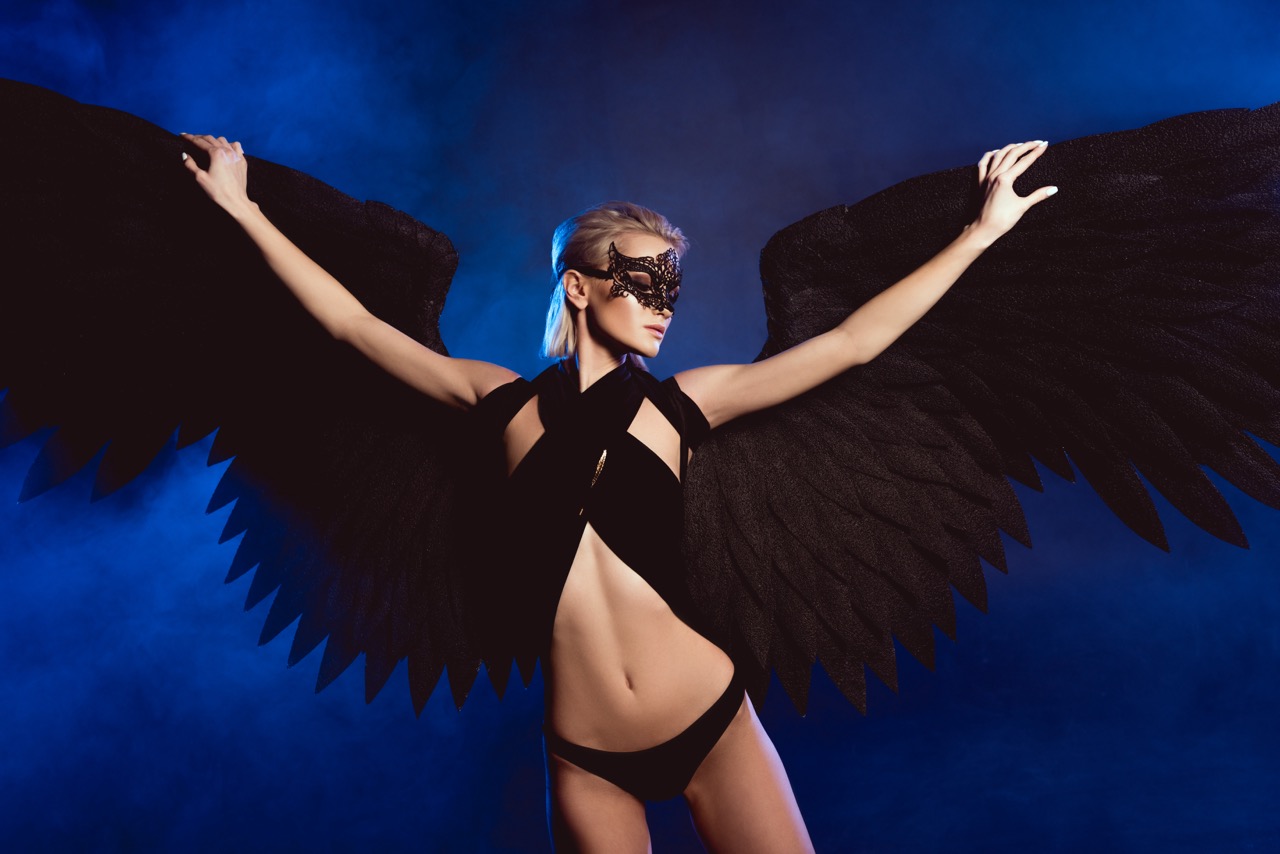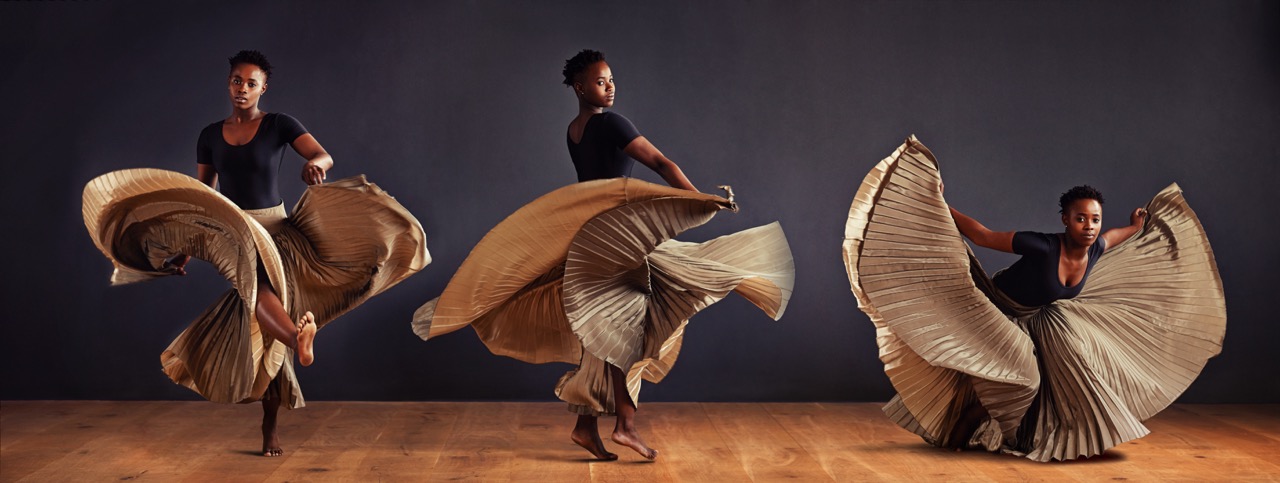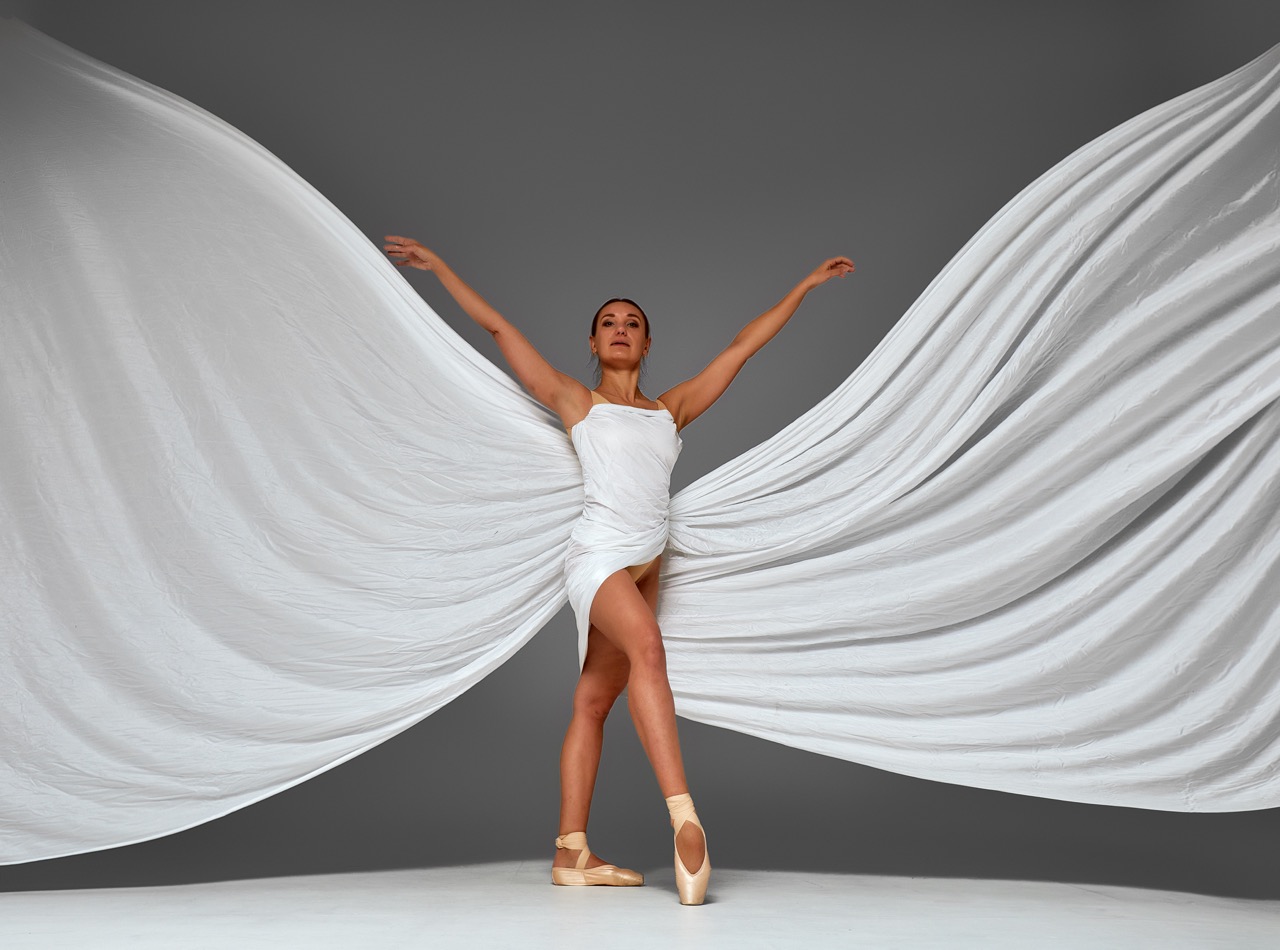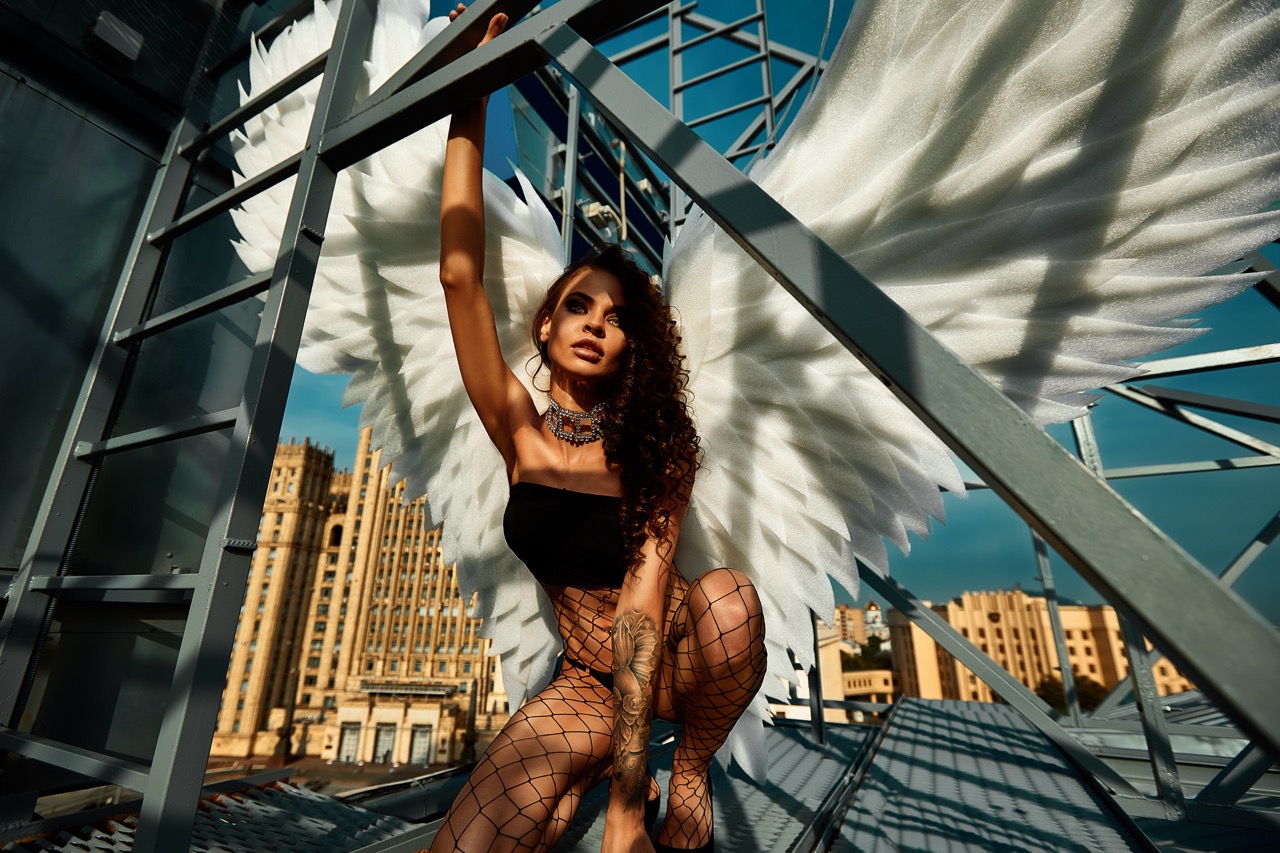In the vibrant world of dance, aesthetics and movement coalesce to create breathtaking performances that transcend mere entertainment. Dance wings—those enchanting, often elaborate extensions that dancers wear—serve as a vital component of this visual experience. A good dance wing designer possesses a unique blend of artistry, technical skill, and an understanding of the dancer’s needs. Their creations can elevate a performance, enhancing both the visual impact and emotional resonance of a piece. This article delves into the multifaceted role of a dance wing designer, exploring the elements that contribute to successful designs.
The Art of Movement: Understanding Dance Wing Design
The foundation of a good dance wing designer’s work lies in a deep understanding of movement. Dance is an art form that thrives on fluidity and grace, and wings must complement these qualities rather than hinder them. Designers often study various dance styles—ballet, contemporary, folk, or even theatrical performance—to grasp how wings can interact with different forms of expression. By observing dancers in action, they learn how wings can enhance the overall choreography, allowing for a more dynamic and captivating performance.
Moreover, the choice of materials plays a critical role in the design process. Lightweight fabrics that sway and flutter with the dancer’s movements can create a stunning visual effect, while stiffer materials may serve a more structural purpose. A good designer must also consider the durability of the materials, ensuring that the wings can withstand the rigor of performance while maintaining their aesthetic appeal. This balance between weight, movement, and resilience becomes the canvas upon which the dance is painted.
Lastly, the emotional tone of the performance greatly influences wing design. A dramatic piece may call for bold, sweeping wings that create a sense of grandeur, while a softer, more intimate piece might benefit from delicate, ethereal designs. Understanding the narrative and emotional undertones allows designers to align their creations with the dancers’ intentions, enriching the storytelling aspect of the performance. Thus, the art of movement is not merely a technical consideration but an essential component of the dance wing design process.
Fusion of Functionality and Aesthetics in Dance Wings
A successful dance wing designer embodies the principle that functionality and aesthetics must coexist harmoniously. Dance wings are not merely decorative elements; they also serve practical purposes that can enhance a dancer’s performance. For instance, wings can create visual illusions, adding layers of complexity to movement. Designers must be adept at creating structures that allow for ease of movement while still making a bold artistic statement. This often involves engineering wings that can expand, retract, or change shape in response to the dancer’s movements, all while ensuring they remain comfortable and easy to wear.
In addition to functionality, the visual impact of the wings is paramount. Designers often draw inspiration from various sources, including nature, art, and cultural motifs, to create designs that capture attention and evoke emotion. The interplay of color, texture, and form can create an immediate visual connection with the audience, amplifying the dancer’s expressions and the overall atmosphere of the piece. Using techniques such as dyeing, painting, or embellishing fabrics, designers transform simple materials into works of art that resonate with both the dancer and the audience.
Ultimately, the fusion of functionality and aesthetics is about creating an immersive experience. A well-designed wing not only enhances the dancer’s physical presence on stage but also contributes to the narrative being told. By thoughtfully crafting wings that serve both purposes, designers play a crucial role in elevating the art of dance, transforming performances into captivating spectacles that linger in the memories of viewers long after the curtain falls.
Innovating Tradition: Modern Techniques for Dance Wings
As the landscape of dance continues to evolve, so too does the art of dance wing design. Modern techniques, such as digital printing and laser cutting, allow designers to push the boundaries of traditional craftsmanship. These methods enable the creation of intricate patterns and custom designs that were once labor-intensive or impossible to achieve by hand. The integration of technology not only enhances precision but also expands the creative possibilities, allowing for more complex and unique designs that can reflect contemporary themes and aesthetics.
3D modeling and simulation software are further revolutionizing the design process. By visualizing how wings will move and interact with light before they are physically created, designers can experiment with different forms, colors, and materials in a virtual space. This approach not only saves time and resources but also fosters a more dynamic creative process that invites innovation. As designers embrace these modern techniques, they can create wings that are not only visually stunning but also highly functional, enabling dancers to express themselves more freely.
However, the essence of dance wing design remains rooted in tradition. While modern techniques can enhance and innovate, the core principles of craftsmanship, artistry, and understanding of movement still guide the designer’s hand. A good dance wing designer balances modernity with traditional techniques, honoring the rich history of dance while also paving the way for future possibilities. This blend of old and new not only enriches the artistic landscape but also ensures that dance remains a living, evolving art form.
Collaboration and Feedback: Keys to Successful Designs
Collaboration is a cornerstone of successful dance wing design. Designers must work closely with choreographers and dancers to ensure that the wings align with the choreography and overall vision of the performance. This partnership fosters an environment where ideas can flow freely, allowing designers to grasp the nuances of the dance style, the intent behind movements, and the emotional undertones that the wings must convey. Through this collaborative effort, designers can create wings that are not just accessories but integral components of the performance.
Feedback from dancers during the design and fitting process is invaluable. A good designer actively seeks and embraces input, understanding that the wearer’s experience is crucial to the wing’s success. Adjustments based on feedback can lead to better mobility, comfort, and overall impact on stage. By welcoming constructive criticism and being open to revisions, designers can refine their creations to meet the specific needs of the dancers, ensuring that the wings enhance rather than impede their performance.
Additionally, collaboration extends beyond just the choreographer and dancers. Engaging with other artists, such as costume designers, set designers, and lighting technicians, can provide a holistic view of how the wings will function within the larger context of the performance. This interdisciplinary approach encourages innovation and ensures that the wings not only look stunning but also harmonize with all other elements of the production. In this way, collaboration and feedback become vital tools for creating dance wings that truly elevate the art form.
In conclusion, the role of a dance wing designer is a multifaceted one that requires a harmonious blend of artistic vision and technical expertise. From understanding the art of movement to merging functionality with aesthetics, embracing modern techniques, and fostering collaboration, a good designer brings a wealth of knowledge to the creative table. As dance continues to evolve, so too will the designs that accompany it, driven by passionate individuals dedicated to enhancing the expressive power of performance. The dance wings they create are not mere accessories; they are vital extensions of the dancers themselves, capable of transforming a performance into a profound artistic experience.










